ECB Governing Council member Yannis Stournara, a known dove, proposed two rate reductions “before the summer break” and a total of four throughout the year. This strategy, he argues, is essential to ensure that ECB’s monetary policy “does not become too restrictive” in the face of current economic challenges.
In an interview, Stournaras emphasizes the urgency of beginning these rate cuts soon, but not in April, as there will be “only little new information” available before then.
The rationale behind Stournaras’s push for rate cuts stems from his observations on Eurozone’s economy is “much weaker than expected,” with risks skewed to the downside. Meanwhile, inflation, although significantly reduced, presents a balanced risk profile.
Addressing concerns about risk of “wage-price spiral,” Stournaras argued that wages are merely “catching up, not leading inflation.” He also highlights the moderating trend in nominal wage growth and the capacity of profits to absorb part of the pay increases, suggesting that fears of a wage-driven inflationary loop may be overstated.
Looking ahead, Stournaras envisions the deposit rate gradually decreasing to 2% by the end of 2025 or the beginning of 2026. However, he draws a line at this level, suggesting that rates should not fall below the pre-pandemic levels of 2%.




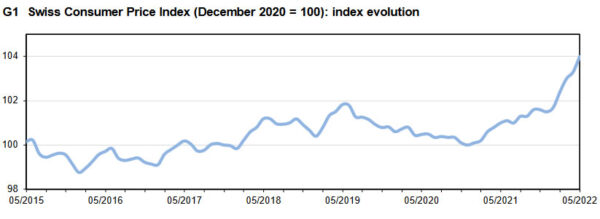
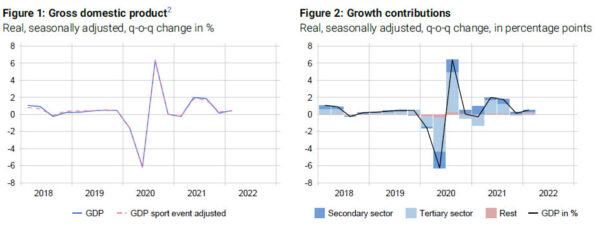
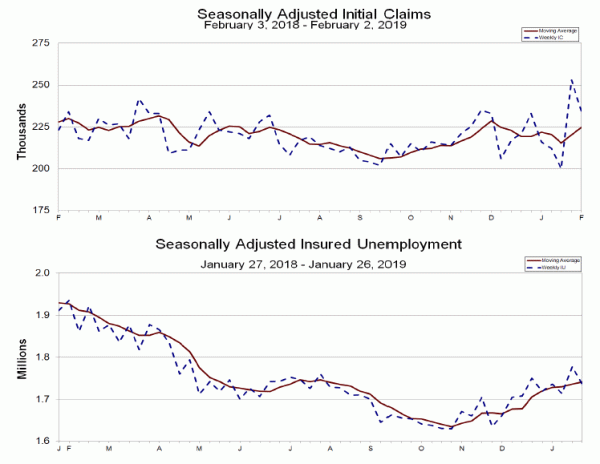
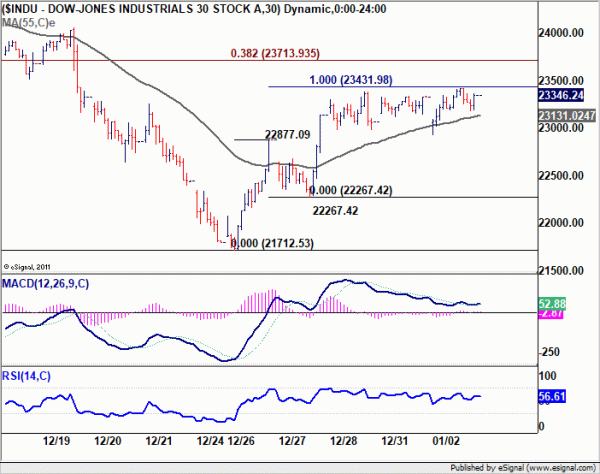
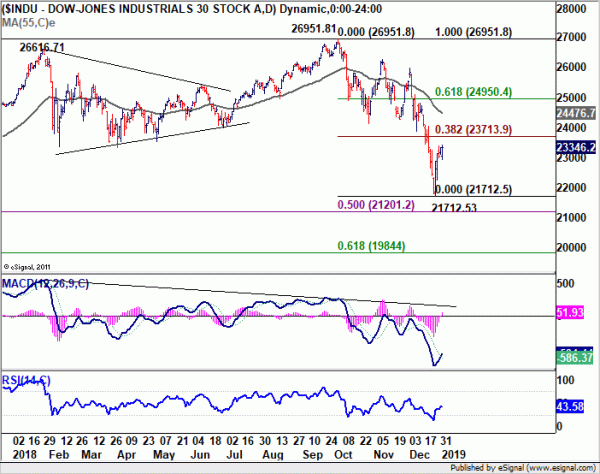
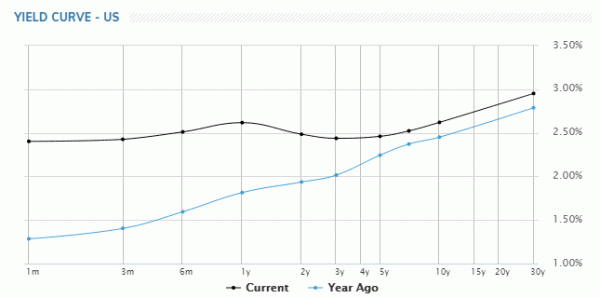
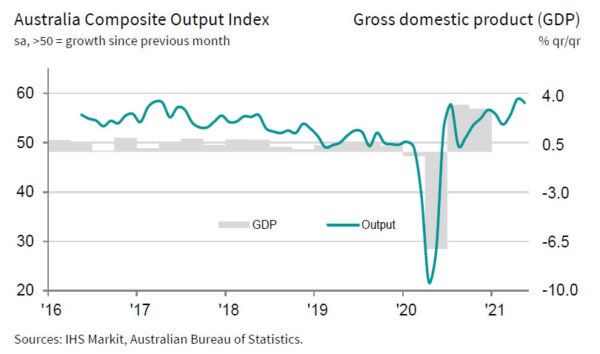
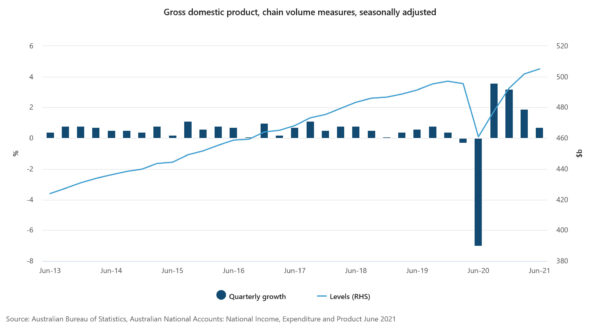
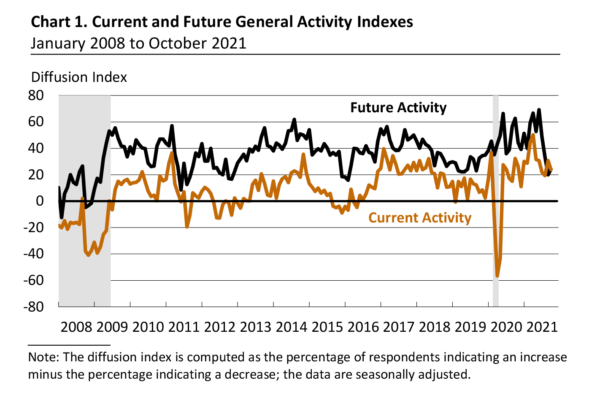
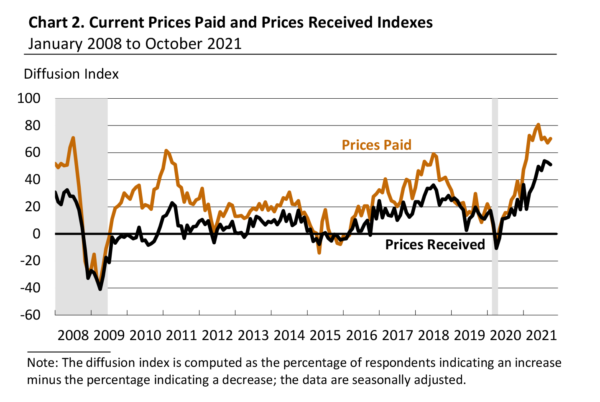

Australia NAB business conditions improved, but confidence dropped
Australia NAB Business Conditions rose 3 pts to 7 in March, beat expectation of 2.On the positive side, employment index rose 2 pts to 7. It remains “well above average, suggesting that for now, survey indicators of labour demand remain favourable.” Trading and profitability also rebounded.
However, Business Confidence dropped -2 pts to 0, missed expectation of 4. It also “continued the below average run. “Other forward looking indicators – capacity utilisation and forward orders – showed some improvement but remain at or below average. Also, it’s noted that “overall survey measures of prices and inflation remain weak.”
Full release here.